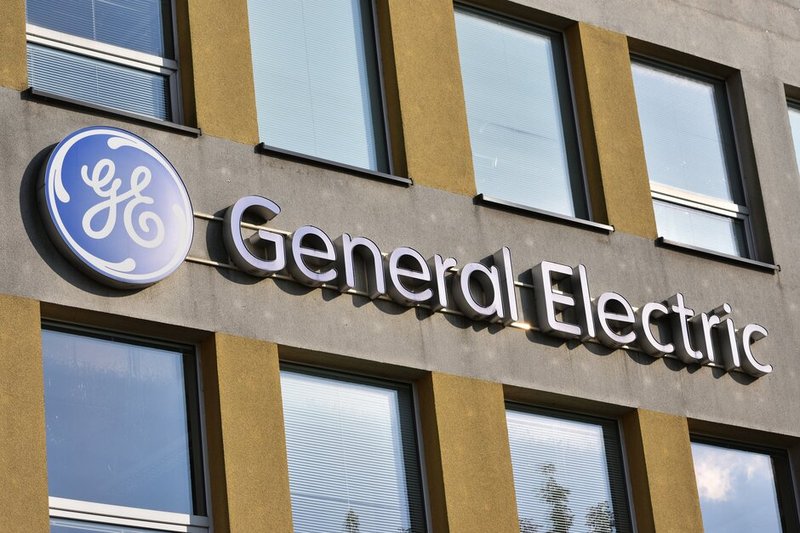
The E3 error code on a GE air conditioner typically indicates a problem with the unit’s temperature sensor. Think of it like trying to read a thermometer that’s gone haywire—it just doesn’t know how hot or cold it really is, which can stop the unit from doing its job properly. You might be wondering: “Does my warranty have my back on this one?” Well, warranties are like having an umbrella in a rainstorm: they can be a lifesaver, but you have to check if you’ve picked the right one and if it’s strong enough for the storm you’re facing.
Understanding the E3 Error Code
So, let’s dig into what really goes on when your AC flashes that pesky E3 code. Essentially, an E3 error is like a red flag signaling issues with the temperature sensor inside your unit. This sensor is crucial because it tells the air conditioner how much cooling is needed. If it’s not working right, it can be like trying to bake a cake with a broken oven thermometer—things might not turn out well.
Most of the time, this issue could be due to a few reasons. It might be a minor hiccup, like a loose connection, or something more serious, like a faulty sensor that needs replacing. But don’t worry, it’s not all doom and gloom. Sometimes, simply turning off the unit and turning it back on can reset the sensor, much like giving your laptop a quick reboot. However, if the error persists, it might be time to check the warranty or consult a technician.
Here’s the deal: while this error might seem daunting at first, understanding it is the first step to getting your AC back to its cooling best. Whether or not the fix is covered under warranty will depend on the specifics of your warranty terms, which we’ll get to next.
Is the E3 Error Covered Under Warranty?
This is where things can get a little tricky. Warranties can be as complex as tax forms if you don’t know where to look. Generally, for an E3 error to be covered, it depends on the specific terms of your GE air conditioner’s warranty. Most standard warranties cover manufacturing defects or faulty components, which can include a malfunctioning temperature sensor.
Think of your warranty like an insurance policy; it’s there to cover specific risks. If your sensor issue is due to a manufacturing defect, you’ve likely got a good chance of coverage. However, if the problem arose because of external damage or improper installation—say, like playing soccer indoors and accidentally hitting the unit—then it might not be covered.
To figure out if you’re covered, you’ll need to have a peek at the document that came with your AC purchase. Look for sections mentioning “Parts Warranty” or “Labor Warranty.” If your appliance is relatively new and the error falls under factory defects, you’re probably in luck. If not, don’t lose heart just yet! Sometimes extended warranties or service plans can save the day.
Steps to Take When You See an E3 Error
First things first, don’t panic! An error code doesn’t mean you have to scramble to replace your AC. Instead, it’s your cue to figure out what’s going on. So, what should you do right after you spot the E3 error? Start by checking your user manual. It often has valuable troubleshooting tips that can be your first line of defense.
If your manual suggests a quick fix like resetting the AC or checking connections, give it a go. Often, resolving minor issues is as straightforward as aligning a picture frame—simple adjustments can make all the difference. If the issue continues, and your warranty seems to cover the problem, it’s time to contact GE customer service or the retailer where you purchased the unit. They’ll guide you on how to proceed, whether that means sending a technician or arranging a replacement.
In case your warranty doesn’t cover the error, don’t worry. You can often find affordable service technicians who specialize in GE appliances. To prevent future issues, consider routine maintenance checks. They’re like regular health check-ups for your air conditioner and can help keep everything running smoothly.
Preventative Tips to Avoid Future Errors
It’s always better to prevent issues than to fix them, right? Keeping your GE air conditioner in tip-top shape can help avoid that pesky E3 error rearing its head again. Regular maintenance is key—imagine it like keeping your car’s oil changed. It’s essential for smooth operation.
Make sure your AC unit is clean and free from obstructions. Heat sensors can sometimes misread if covered in dust or blocked by items. Think of it like trying to read your speedometer through a foggy windshield—it’s not ideal! Regular cleaning helps ensure the sensor can do its job correctly.
Another tip is to ensure your AC isn’t overworked. We all need breaks, and air conditioners are no different. When not in use, especially in cooler months, give it some downtime. This not only conserves energy but also extends the life of your appliance. Checking wiring and connections periodically can also nip potential issues in the bud before they morph into significant errors.
By following these steps and understanding your warranty coverage, you can stay cool under pressure and keep your GE air conditioner running smoothly, even when an E3 error tries to stir things up.